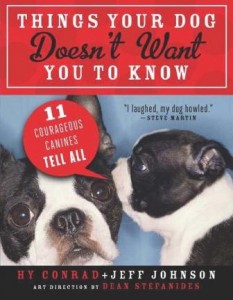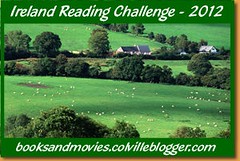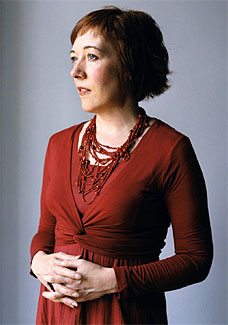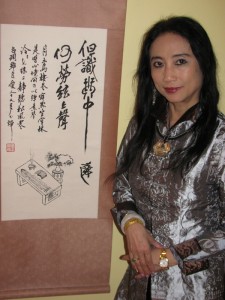
The initial confessions read like that of any bookworm, with the boxes and boxes of books moved from apartment to apartment and from makeshift bookshelf to re-purposed material made into a bookshelf — in her case, a couple of old ladders (page 13). Leto even offers a funny little bit about changing the readers’ mascot from a worm to a cat, but one of the most ironic reasons in the book is because cats hold grudges (page 63) — like many do against James Frey from A Million Little Pieces, who offers a witty quote about Leto’s book on the cover.
Through a series of chapters of advice on how to fake having read a particular book, using vague statements and comparisons to popular movies and other writers you may have read, Leto has created an unapologetic homage to reading as entertainment, education, enjoyment, escapism, and understanding. She even includes a chapter on rules for the book club, which means talking about book club with others not in your club or about the books you are reading in the club as well as how best to end a disagreement over something that happens in one of the books read by the group. Her observations on members of a book club and their roles from the leader to the quiet (usually girl) member are in line with many readers’ experiences, including those who might even fit those character types in one group or another.
Some of the best aspects of this book are the snarky comments about authors and readers of certain authors, like those who adore Chuck Palahniuk are boys who cannot read and those who love Chuck Klosterman are boys who don’t read. Leto’s comments about the “Literati,” a chapter with an alternate title of “Why Ernest Hemingway Once Told John Updike Literary New York Is a Bottle Full of Tapeworms Trying to Feed on Each Other,” is hilarious and a warning for those would-be writers out there. Judging a Book by Its Lover by Lauren Leto is not really about judging anyone, but it is about having fun with books and reading, making connections even with strangers, and finding happiness in a bent page — to paraphrase her (page 245).

Lauren Leto dropped out of law school to start the popular humor blog “Texts from Last Night.” She co-authored the book Texts from Last Night: All the Texts No One Remembers Sending. She lives in Brooklyn.


 About the Author:
About the Author:
 About the Author:
About the Author:
 About the Authors:
About the Authors:
 Out of True by Amy Durant, blogger at
Out of True by Amy Durant, blogger at 

 From the Land of the Moon by Milena Agus, translated from the Italian by Ann Goldstein, is the story of a young unnamed woman’s grandmother just at the end of WWII in Italy after the
From the Land of the Moon by Milena Agus, translated from the Italian by Ann Goldstein, is the story of a young unnamed woman’s grandmother just at the end of WWII in Italy after the 

 About the Author:
About the Author: The Realm of the Lost by Emma Eden Ramos is a middle-grade fantasy novel about a 13-year-old girl, named Kat Gallagher, who is feisty and responsible. She’s got younger siblings, Ellie and Colm, and a home life that is not what it once was, but she takes it on her own shoulders to care for her little brother whose sick a lot of the time. Her and Ellie, on the other hand, act as sisters should, especially sisters who share a room. They bicker over space, and one day on the way to school, all of the tension boils over on the streets of New York City.
The Realm of the Lost by Emma Eden Ramos is a middle-grade fantasy novel about a 13-year-old girl, named Kat Gallagher, who is feisty and responsible. She’s got younger siblings, Ellie and Colm, and a home life that is not what it once was, but she takes it on her own shoulders to care for her little brother whose sick a lot of the time. Her and Ellie, on the other hand, act as sisters should, especially sisters who share a room. They bicker over space, and one day on the way to school, all of the tension boils over on the streets of New York City.


 About the Author:
About the Author:
 About the Author:
About the Author:


